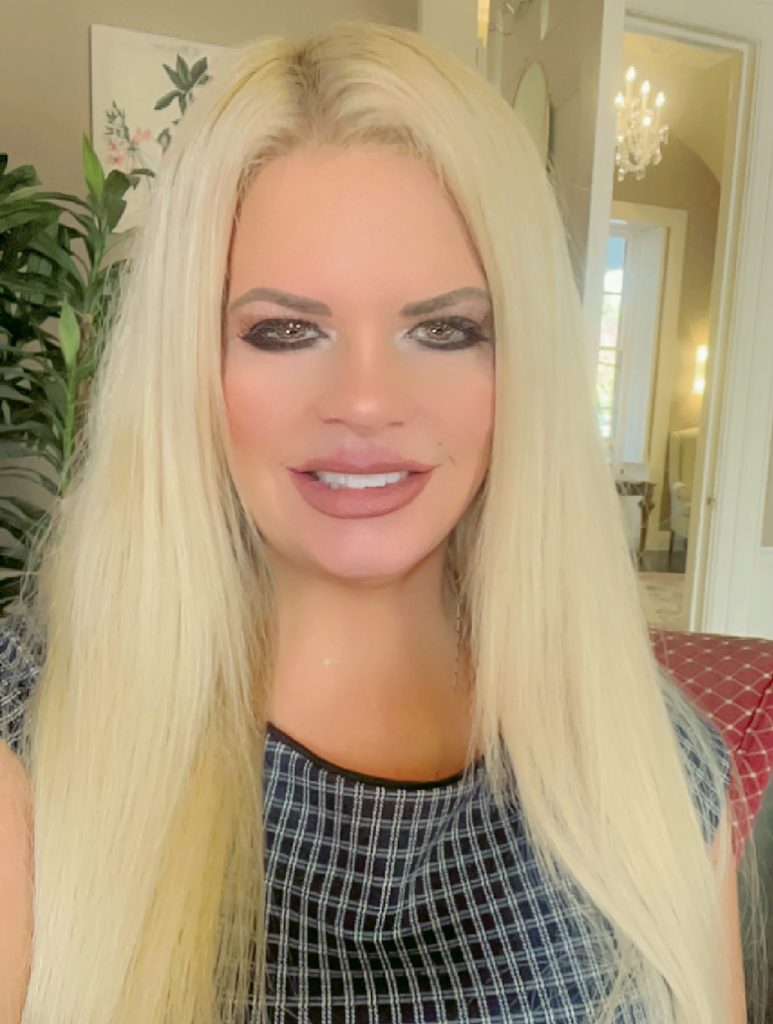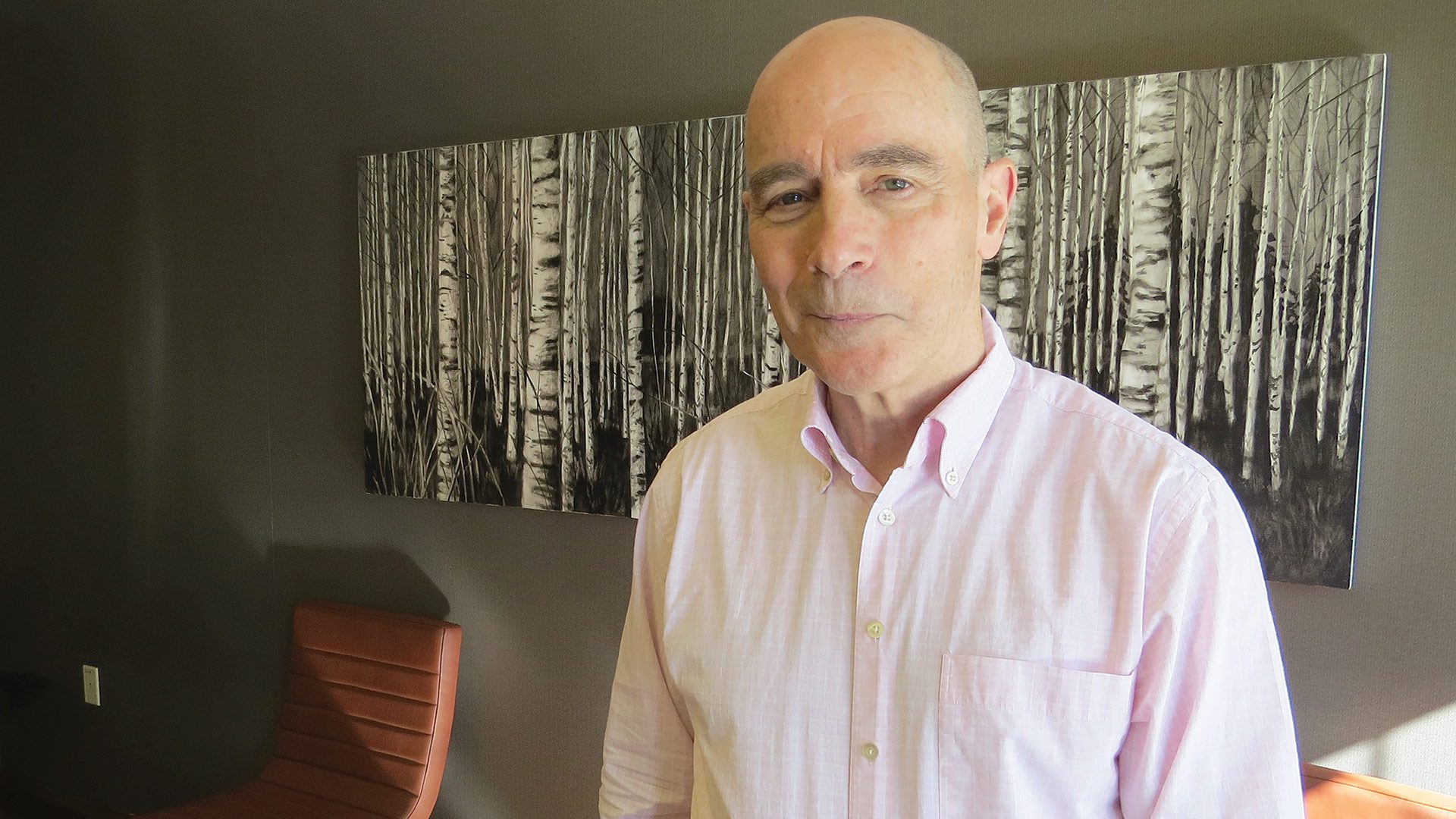
Law Marketing, Now Essential, Continues to Evolve
Getting Their Message Across

Seth Stratton wasn’t belittling what he does. He was just stating what most would consider the obvious — “business law isn’t what you would call sexy.”
Usually.
Indeed, when the state Supreme Judicial Court overturns a $3.5 million settlement awarded to a couple living next to a golf course after 651 stray golf balls hit their property, frightening their young child and forcing them to confine themselves indoors for fear of injury — which it did almost a year ago — that’s business law that tumbles into the ‘sexy’ category. (The case became front-page news in the Boston Globe and other large daily publications.)
Understanding this, and also understanding that his firm, East Longmeadow-based Fitzgerald Law, P.C., has a few golf courses in its portfolio of business clients and would like to add more, Stratton posted this item on LinkedIn:
“Interesting SJC decision worth noting in the context of golf course neighboring residential developments. In essence, the SJC overturned a $3.5 million verdict in favor of the neighboring homeowners on the basis that the jury needed to consider the reasonableness standard in connection with an easement for the ‘reasonable and efficient’ operation of a golf course. Always a good sign when courts emphasize reasonableness in trial decisions.”
He then attached a link to a Mass Lawyers Weekly article on the case.
While the post falls into the category of education, it can also be considered marketing and building brand awareness, said Stratton, adding that the item speaks to how the marketing and advertising of legal services, something first permitted 46 years ago, has certainly changed over that time, even over the past 10 years or so, and certainly since the days when the yellow pages, and especially the back page of the phone book, were at the top of the list of options for many firms and sole practitioners.
“We’re not trained for this; they didn’t teach it when I was in law school. In fact, it was the opposite — they were teaching you how to be thoughtful about what you do, while marketing is sort of shouting from the rooftops, ‘we’re greater than sliced bread.’ And they still don’t teach it now.”
“That post took me five minutes to prepare and share,” he told BusinessWest. “Twenty years ago, firms would spend hours on a client alert, color, printing, and mass mailing.”
With that, he explained how a LinkedIn post can reach a large audience quickly, efficiently, and at minimum expense, and how social media has become a larger force in an equation that has many components — and questions to be answered.
Indeed, there are many aspects to be considered with marketing, said Tim Mulhern, a partner with the Springfield-based firm Shatz, Schwartz & Fentin, noting, as others we spoke with did, that marketing isn’t something law students typically study.

Amy Royal says the importance of law marketing continues to grow, as does the number of options for law firms to consider.
“We’re not trained for this; they didn’t teach it when I was in law school. In fact, it was the opposite — they were teaching you how to be thoughtful about what you do, while marketing is sort of shouting from the rooftops, ‘we’re greater than sliced bread,’” he said. “And they still don’t teach it now.”
So lawyers and firms have had to learn as they go, he said, adding that there is much to learn as the methods for getting a message across have evolved. Meanwhile, firms have to decide if they want to do it themselves — many have marketing committees comprised of lawyers — or hire a marketing director or an outside PR firm, an expensive step (one that didn’t have to be taken years ago), which many of them have taken.
And the job descriptions for these marketing directors have certainly changed as the times have.
“When I began my career in legal marketing in 1995, law firms were just starting to introduce websites as a tool to differentiate themselves from the competition,” said Jennifer Jacque, head of Marketing and Business Development for Springfield-based Bulkley Richardson. “Responsibilities of marketing professionals in law firms were limited to tasks such as writing bios and planning events. Since then, law firms have expanded their core portfolio of marketing services to include branding, public relations, advertising, social media, digital marketing, market research, communications, accolades and awards submissions, and more.”
Meanwhile, the importance of marketing and building brand awareness has grown steadily, said Raipher Pellegrino, managing partner of Springfield-based Raipher, P.C., which specializes in personal injury, medical malpractice, and related fields. He cited several reasons why.
Competition is one of them, he said, noting that firms in this market now compete against regional and national giants that open small offices in markets like this one — and they have for some time now. More recently, there is increased competition from firms from Boston and other large markets who can take advantage of shifts brought on from COVID — especially Zoom calls with clients and Zoom court hearings instead of the in-person variety of both — to take cases in this market that previously would have been prohibitive.
These same shifts bring down the cost of client representation, Pellegrino went on, making it possible for a potential client to hire a firm in a larger market that might previously have been out of their price range (more on this later).
All of this points to the importance of marketing and business development and the need for firms to stay on the cutting edge, said those we spoke with — whatever that might be.
Case in Point
As he talked about marketing and the many changes that have come to the profession and the legal landscape, if you will, in Western Mass., Mulhern noted that, among other things, the names of many of the firms are shorter — in some cases, much shorter.
“Years ago, if you added a new partner, you added their name to the firm,” he said, noting that some firms had six, eight, or even more names on the letterhead and sign over the door.
Shorter names are, for the most part, a function of marketing and branding, he said, adding that there are myriad other parts of this equation, from a strong web presence to involvement in the community, such as with his firm’s charitable foundation.
Indeed, as Jacque noted, marketing and business development covers areas ranging from PR to submitting nominations for the many ‘best of’ awards that lawyers can put on their résumés, the press releases for which start flooding the inboxes of media outlets each fall, when the announcements are made.
The world of law marketing changed dramatically in June 1977, when the U.S. Supreme Court handed down its decision in Bates v. State Bar of Arizona, essentially striking down prohibitions against advertising by attorneys.

Tim Mulhern says that, while law marketing has certainly evolved, word-of-mouth referrals are still effective.
Until then, marketing was a function of signage on a building or office door, networking — everything from joining the Rotary Club to being active with the local chamber of commerce — and word-of-mouth referrals, all of which, and especially the last two, are still very important pieces of the puzzle and perhaps the most important, said those we spoke with.
Indeed, Stratton said he and other lawyers at Fitzgerald are very visible, attending a number of business functions (the recent Developers Conference in Springfield is a good example) and fundraisers for area nonprofits. Meanwhile, word of mouth has long been perhaps the most effective way to build a book of business.
“Word of mouth has always been important,” said Mulhern, who specializes in business organizations, estate planning, and real estate. “My favorite way to get a new client is to have another lawyer say, ‘Tim knows how to do this stuff.’”
But while advertising was frowned upon by many in the business for years after the 1977 ruling, the many aspects of marketing and brand building have become more accepted and increasingly important over the years, for those reasons mentioned earlier. The questions have always concerned how to market.
And the answer usually depends on what type of law one specializes in and what audiences they are trying to reach.
“Marketing of law firms comes down to messaging — and then targeting who you want to be receiving this message,” said Jacque, noting that the work of targeting takes many forms and involves different mediums.
Amy Royal, founding partner of the Springfield-based Royal Law Firm, agreed, noting that her firm, which represents and counsels businesses on all aspects of labor and employment law, focuses on that specific audience.
That’s why she never took out ads in the yellow pages — she was solicited annually but always said no — and instead focused on business publications like this one.
“We’ve also expanded over the years into the digital space — and while we don’t do advertising, we do brand awareness on social media,” she said, adding that some firms have gone to platforms ranging from Facebook to Instagram and even TikTok to get their message out with videos, articles, links to reports on recent rulings, and more. Doing so enables them to reach large audiences inexpensively.
“Now, in order to be competitive, you have to advertise in some form. But you have to figure out what works for you.”
Meanwhile, the firm’s web page has become a valuable asset, especially since the start of the pandemic, for introducing people to the firm and its lawyers, and also disseminating information through a blog, articles, and links to articles, such as the ones Royal’s attorneys write regularly for BusinessWest.
Weighing the Facts
Overall, Royal said law firms often need to use several vehicles, including traditional forms of media, depending, again, on the audience they want to reach and the messages they want to send.
Pellegrino, who uses billboards, television, print, and other mediums, agreed, but added that, for many lawyers, especially those who specialize in different areas, targeting specific audiences can be more challenging.
“Now, in order to be competitive, you have to advertise in some form,” he told BusinessWest. “But you have to figure out what works for you; it’s a very difficult business to advertise in. If you were selling engagement rings, you’d target the 19- to 30-year-old audience. But who gets in accidents? What type of clientele are you targeting? Personal injury is a very difficult business to advertise.”
Meanwhile, measuring return on investment from whatever forms of marketing are used is more difficult with legal services than other products or services, Pellegrino went on.
“There’s no guarantee of what you’re going to get in return,” he said, adding that, while it’s like this for all industries, it’s especially true with the law and especially personal-injury law, where the goal is to get the higher-end cases with bigger returns.
Despite these challenges, he said marketing is ever-more important because the level of competition continues to increase, with regional and national firms specializing in personal injury moving into this market — and making their presence known.
And the advent of virtual hearings and client meetings enables firms in other markets to woo clients in the 413.
“Before, the Boston lawyers didn’t want to take cases in Western Mass.,” he said. “But now they do because they can do a lot of the hearings by Zoom, so they don’t have to drive out here; it’s more cost-effective, and it’s really good for the consumer. And it means that it’s more important to advertise.”
Stratton agreed, noting that, overall, success in this industry is about forging relationships and continually strengthening those relationships. This is accomplished by staying visible and front of mind — in every way imaginable, be it by attending functions, being active in the community, writing articles to be published in BusinessWest, or, yes, sending links to articles on developments and cases like the one involving that couple living just off the golf course.
Doing so helps show that, while business law isn’t sexy — usually — it’s important, especially to those in business.
Legal advertising usually isn’t sexy, either, but it’s equally important, and while the landscape has changed dramatically since June 1977, and even over the past five years, the basic mission remains the same — to build a brand and put one’s best foot forward.




